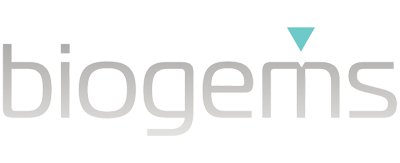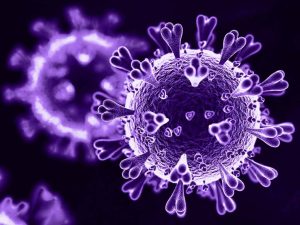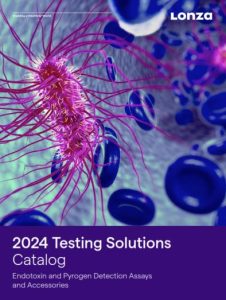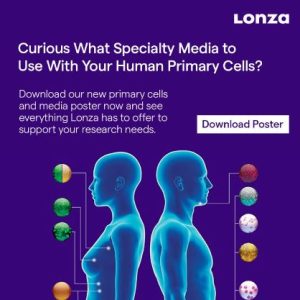Plastic accessories like pipette tips or multiwell plates are widely used for endotoxin testing. The harmonized Pharmacopoeias require that any plastic consumables have to be free of detectable endotoxin and – equally important but often not considered – they must be free of interfering factors. That means this is a global requirement. Lonza offers pre-screened and certified accessories, but if specific items have to be used, we have a guideline for how consumables can be qualified for endotoxin testing.
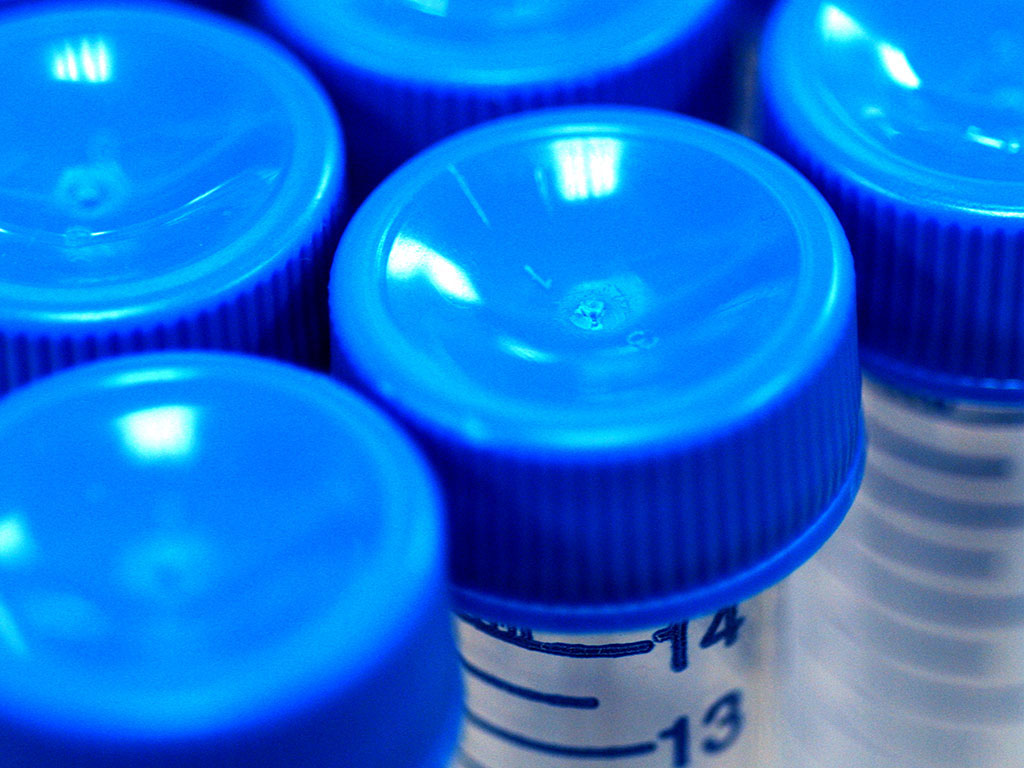
When screening items from a new vendor a more extensive protocol may be required, including testing three different lots. In addition, it is important to remember that not all plastic is the same. Different types of plastic have different characteristics and due to production procedures, there will be variability from vendor to vendor and from lot to lot.
The complete article including detailed examples, protocols and calculations can be downloaded free from the QC Insider Toolbox.
Written by SST

